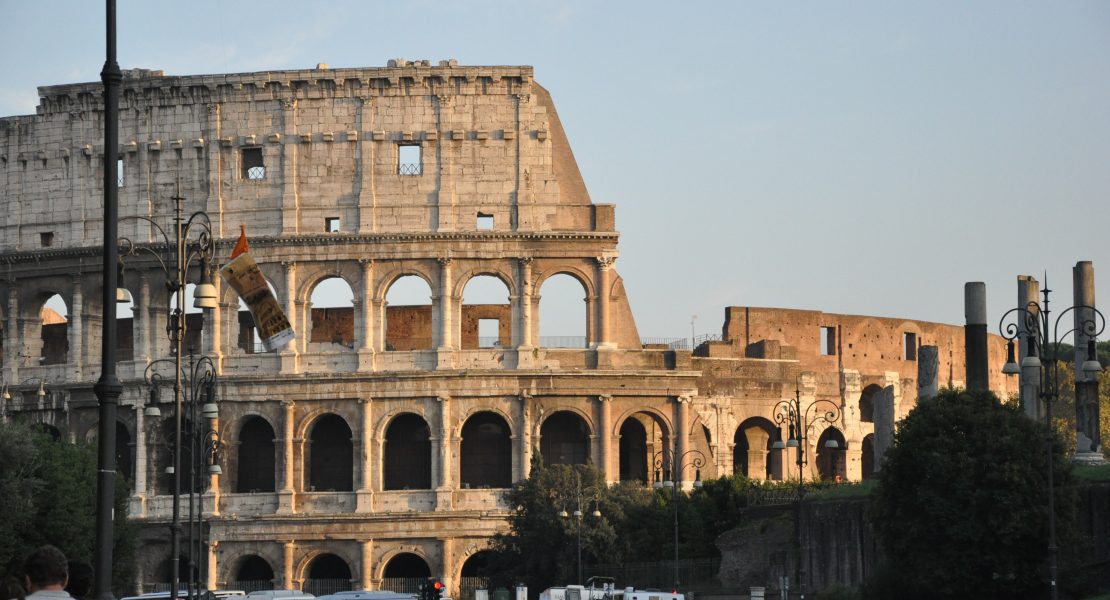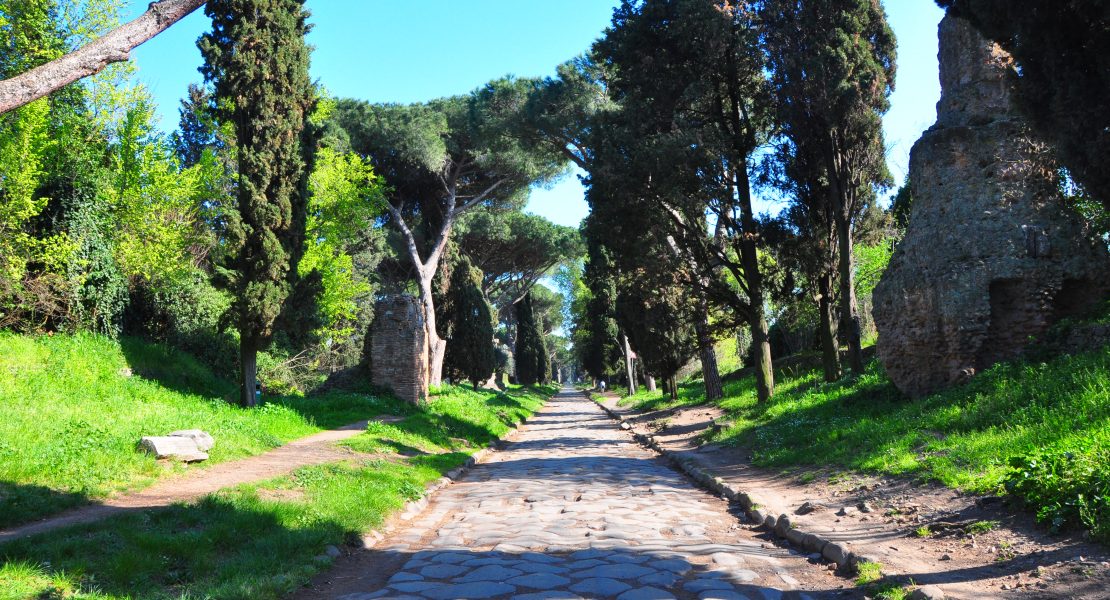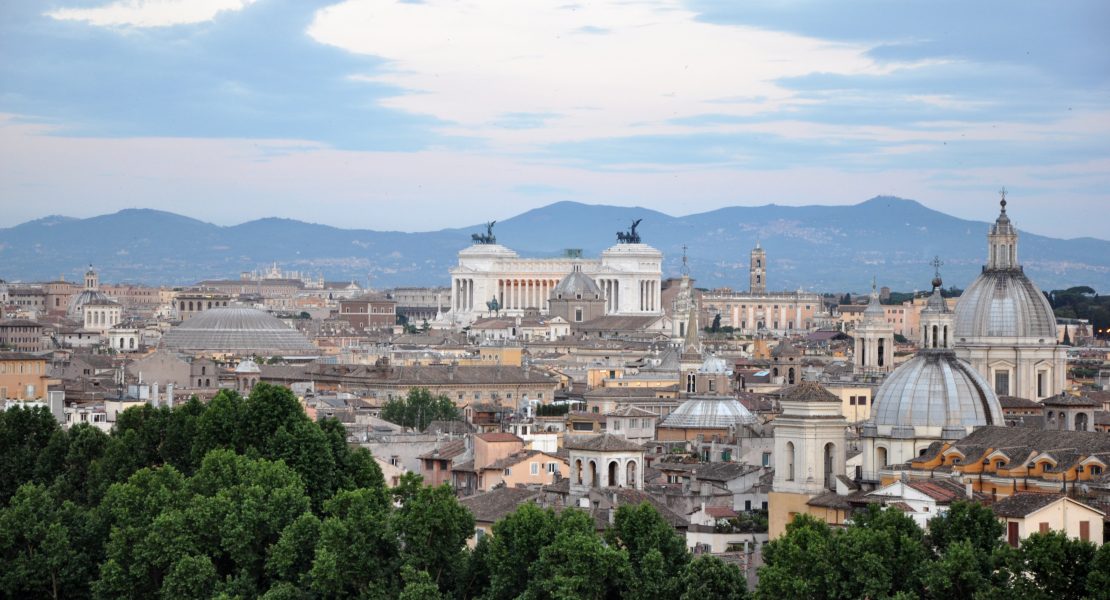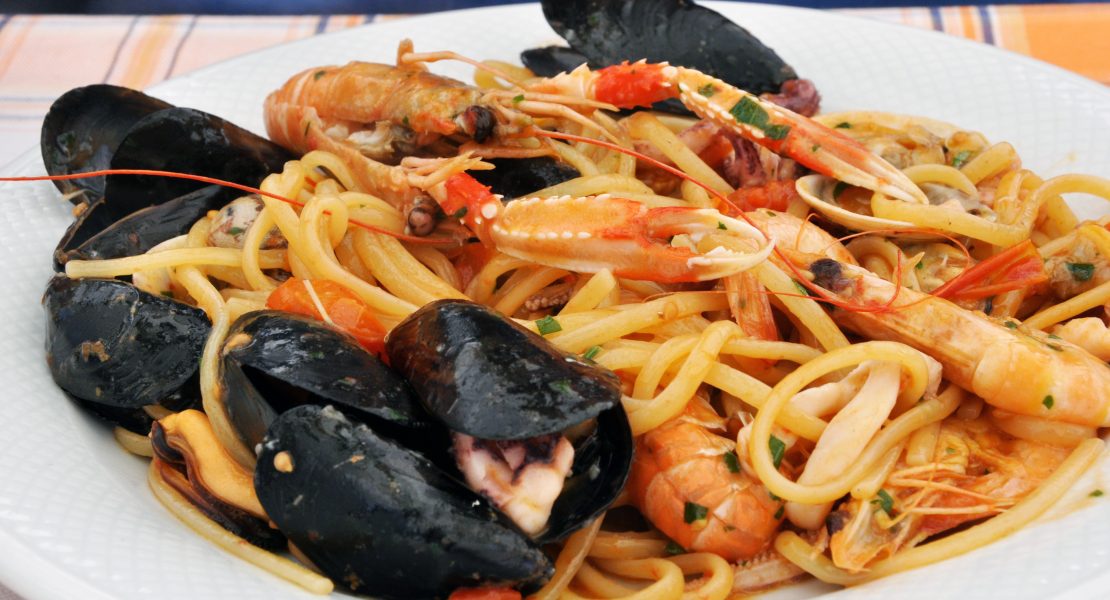As I wrote about earlier this week, Italy, including Rome, is pretty safe when it comes to crime — especially violent crime. But as with all cities, you need to be aware when traveling here. And because the same scams tend to happen over and over in Rome, it can be particularly helpful to know some of the most popular before visiting.*
So, from the simply-annoying to most-frightening, here are some situations to watch out for. This post will be in two parts. First: five of Rome’s most classic scams on tourists. Annoying — but easy to avoid.
5. The just-helping-you-with-your-ticket ploy. You’re fumbling at a ticket machine for the metro or train, trying to figure out what to press on the screen. Like magic, someone appears to help you. Once your ticket is printed, they then ask you for a few coins as a tip. Once you realize that you could have figured it out without them — it might just have taken ten seconds longer — you feel slightly foolish.
Usually seen: At the Termini train station and at metro stations with lots of tourists, like the Colosseo stop. Most likely victims: Tourists, or anyone else who doesn’t look like they know what they’re doing. If it happens to you? Shake your head and say “no” when that ever-so-helpful someone appears. Be firm.
4. The “rose-as-a-gift” gambit. You’re female; it doesn’t matter your age, nationality, or level of attractiveness. A stranger (usually the same Bangladeshi guys that are also selling plastic throw-into-the-air-things everywhere, whatever you call those) comes up to you and tells you that you’re so beautiful, he just has to give you a red rose. You take it, thrilled. You and your husband/boyfriend/brother start to walk away. And then, after precisely five beats, the kind stranger suddenly reappears. “Please, two euros for the rose,” he says to your male companion. “Okay, a euro.” The poor guy is forced either to pay for the “free” rose, or to make you give it back, making himself look like a jerk. Don’t want to put your husband/friend in that situation? Don’t accept the rose.
Usually seen: At the Spanish Steps, Pantheon or Trevi Fountain, or at restaurants in touristy areas in the center. Most likely victims: Tourists in couples. If it happens to you? Unless you want the rose — and maybe you do! — hand it back politely, but firmly, and don’t feel guilty. These guys do this hundreds of times a day.
3. The many types of taxi scams. Many Rome taxi drivers are honest. Some are not. Those who are not tend to repeat some of the same ploys. One popular one is not using the meter, either by saying it’s broken, for “forgetting” to turn it on, or for giving you a flat fee up front — usually something absurd like €20 to get from the Colosseum to the Vatican. That’s not legal.
Another popular scam is to run the meter, but adjust it to make the fare higher. For example, the driver can put the meter on Zona (or Tariffa) 2; that should only apply for rides outside Rome’s beltway, and is a lot more expensive than Zona 1, the proper zone if you’re anywhere within the historic center. Or the driver might set it to the night rate, which starts at €5.80 rather than €2.80, earlier than its 10pm starting time. Or he might just take a circuitous route to get someplace (this is the toughest for tourists to tell, since many of Rome’s streets are one-way and getting around actually is tricky).
To avoid this, always make sure that 1) the meter’s running, 2) the zone is correct, and 3) the base fare is correct (€2.80 from 7am-1opm weekdays, €4 on Sundays and holidays, €5.80 from 10pm-7am, plus a €2 surcharge for cabs from Termini, €1 for each bag after the first one, and €1 for 5 or more passengers).
Usually seen: Anywhere in the center or at the airports, but especially with taxis whose drivers try to “hawk” you and at spots with lots of tourists, like the Termini station or the Colosseum. Most likely victims: Any tourists. If it happens to you? As soon as you notice the meter is off, insist that it be turned on or that the car stop and let you out. If the zone or base fares are incorrect, pipe up and be just as firm. If you’ve gotten to your destination and somehow (despite the legal surcharges above) the fare seems much higher than it should be, argue. Don’t hesitate to threaten to get the police involved before you hand over cash. Remember, they’re on your side.
2. The lost fashion designer. Here’s a classic: A guy pulls up next to you in a car and asks for directions, or some other way to start chatting with you. He’s suave, speaks English and dressed well. He tells you he’s a manager/designer/executive for Armani/Versace/Gucci and seems to “prove” it by showing you his designs. Oh, and just because you’re so friendly, he gives you a couple of coats he just happens to have in his car that are leather/silk/suede. That’s when he asks you for gas money, because he’s almost out — you know, €50 or €100. Because he just gave you a couple of coats and because he’s such a swell-seeming guy, you fork it over. This has happened again and again and again over the past few years. The guy must be making bank. Don’t be part of his profit margin.
Usually seen: Anywhere in the center, particularly in areas with lots of tourists. On more than one occasion, the car has been silver. Most likely victims: Any tourists who are walking. If it happens to you: Walk away.
1. The police impersonators. You’re shown a plastic sign with the word “police,” and the policeman asks in flawless English for your wallet, with ID and money. Unfortunately, some tourists are primed to obey, having heard how you need to always have your passport on you while in Italy and that police are everywhere. While this is true, I have yet to see a tourist randomly stopped and asked for their documents. Of course, your wallet then disappears.
Usually seen: In touristy areas. Most likely victims: Tourists. If it happens to you: Bummer. Always insist on seeing the official ID card, or documento, of the supposed policeperson, and remember that no official in Italy will ever ask you for your cash or credit cards.
*It’s likely that you will spend a week in Rome without any of the more harmful of these ever happening to you. In the past year as an American living in Rome, #5 has happened to me once, #4 countless times, #3 once or twice, and #2 and #1 not at all. It’s best, though, to know about them before you get here… not after!
Want more tips and tricks for exploring Rome? Check out The Revealed Rome Handbook: Tips and Tricks for Exploring the Eternal City, available for purchase on Amazon, below, or through my site here!

































